High-Calorie Foods for Emergencies
In times of crisis, including natural disasters, having a well-stocked pantry with high-calorie foods can make all the difference in your ability to survive and maintain your energy levels. When emergencies strike, access to fresh food may be limited, and you may be required to rely on non-perishable items to sustain yourself and your family. High-calorie foods provide the energy needed to perform essential tasks, stay warm, and maintain overall health.
In this article, we’ll discuss the importance of high-calorie foods during emergencies, the types of foods to stock up on, and how to store them properly to ensure they remain safe and nutritious for consumption.
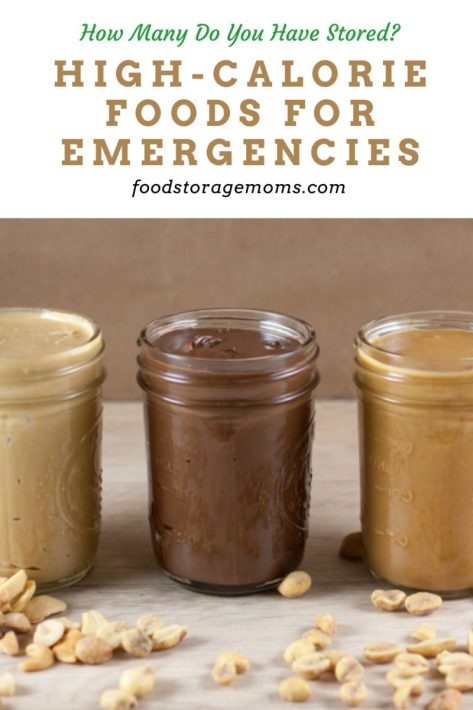
The Importance of High-Calorie Foods in Emergencies
During emergencies, individuals are often faced with increased physical demands, limited access to food, and heightened stress levels. High-calorie foods help provide the necessary energy to meet these demands and help maintain strength and stamina. These foods are typically more filling, which is also crucial when food supplies are limited.
High-calorie foods can also provide essential nutrients that boost the immune system and maintain overall health. These nutrients include vitamins, minerals, and dietary fiber, which are vital for maintaining good health during challenging times.
Types of High-Calorie Foods to Stock Up On
When preparing for an emergency, it’s essential to choose high-calorie foods that have a long shelf life, require minimal preparation, and provide a balanced mix of carbohydrates, fats, and proteins. Here are some high-calorie, nutrient-dense foods to consider stocking up on:
- Canned Goods: Canned goods are an excellent option for emergencies, as they have a long shelf life and require no refrigeration. Your food storage plan should always include long-term food storage items. Opt for canned fruits, vegetables, meats, and fish to ensure a balanced diet. Look for low-sodium options when possible. The best-canned foods to have on hand are the ones you know your family will eat. As you put your emergency preparedness plan together and prepare an emergency pantry inventory, discuss with all family members what they’d like to see included. If you prepare bug-out bags or emergency kits for family members you can take with you if evacuated, the same principles apply.
- Nuts and Seeds: Nuts and seeds are high in healthy fats, protein, and fiber, making them an energy-dense emergency food option. Almonds, walnuts, sunflower seeds, and pumpkin seeds are all excellent choices.
- Nut Butter: Peanut butter, almond butter, and other nut butter are calorie-dense and provide a good source of protein and healthy fats. They’re also versatile and can be used in various recipes or eaten straight from the jar.
- Dried Fruits: Dried fruits, such as raisins, apricots, and dates, are high in natural sugars, providing a quick source of energy. They’re also high in fiber, which can help with digestion during times of stress.
- Whole Grains: Whole grains like brown rice, quinoa, lentils, and oats are rich in complex carbohydrates, which provide a steady source of energy. They also contain essential nutrients, such as fiber, vitamins, and minerals.
More High-Calorie Foods to Stock Up On
- Dehydrated Meals: Dehydrated meals are lightweight, easy to store, and require minimal preparation. Simply add boiling water to rehydrate the meal. Choose options that contain a balance of protein, carbohydrates, and fats. You should include things like black beans, peas, carrots, and other items you’ve grown in your garden or purchased from farmers’ markets and then dried. They are healthy and don’t cost a lot. Again, have ingredients for your meals that family members will look forward to eating.
- Energy Bars: Energy bars are a convenient, portable source of calories and nutrients. Look for options made with whole grains, nuts, and dried fruits to maximize nutritional benefits. Emergency ration bars and granola bars are something you need to keep on hand! We call these our survival food bars due to their critical contribution to our food storage plans.
- Powdered Milk: Powdered milk is an excellent source of calcium, protein, and calories. It can be used in recipes, added to beverages, or mixed with water to create liquid milk that is called for in so many meal plans.
- Cooking Oils: Olive oil, coconut oil, palm oil, and other cooking oils are calorie-dense and can be used to cook or enhance the flavor of other emergency food items. They also provide healthy fats needed for optimal brain function and overall health.
- Shelf-Stable Proteins: Canned or vacuum-sealed meats, such as chicken and other poultry items, tuna, salmon, pork, and beef jerky, provide essential protein and calories. These items have a long shelf life and can be eaten alone or added to other dishes.
Proper Storage of High-Calorie Emergency Foods
To ensure your high-calorie emergency foods remain safe and nutritious, follow these storage guidelines:
- Store food in a cool, dry place, away from direct sunlight and heat sources.
- Keep canned goods and other perishable items off the floor to avoid damage from moisture or pests.
- Use airtight containers for bulk items like grains, nuts, and seeds to protect them from moisture, extreme temperatures, and pests.
- Label all containers with the date of purchase and expiration date to help track inventory and ensure food safety.
- Rotate your stock regularly, using older items first and replacing them with newer ones.
- Periodically check your emergency food supply for signs of spoilage, damage, or pest infestation.
More High-Calorie Foods to Consider Storing
- Dry pasta
- Tomato sauce
- High-fat food
- Freeze-dried food and freeze-dried fruits and freezer meals
- White rice
- Coconut milk and other dairy products
- Wheat flour
Things That Are Hard to Store
- Fresh milk
- Fresh fruit
- Perishable foods
- Green beans and other fresh nutritious foods
- Fresh produce
Look for Foods that Contain Vitamins and Minerals for Overall Good Health
Considering foods with high-calorie content is important, but you also need to consider other nutritional issues. Be sure foods in your stockpile that have vitamins like Vitamin C, and minerals like riboflavin, potassium, thiamin, niacin, etc. It’s easy to research what foods are the most nutritious, but you have to do your homework.
Final Word
Having a well-stocked pantry with high-calorie foods is crucial during emergencies when access to fresh food may be limited. By choosing nutrient-dense items with a long shelf life and storing them properly, you can ensure that you and your family have the necessary energy and nutrients to stay healthy and strong in times of crisis. Remember that proper planning and preparation are key to surviving any emergency situation. Whatever you do, don’t forget to store a can opener!
P.S. Always check your inventory levels when you’re doing long-term survival storage! May God Bless this world, Linda
Copyright Images: Nut Butter in Jars Depositphotos_49953779_S

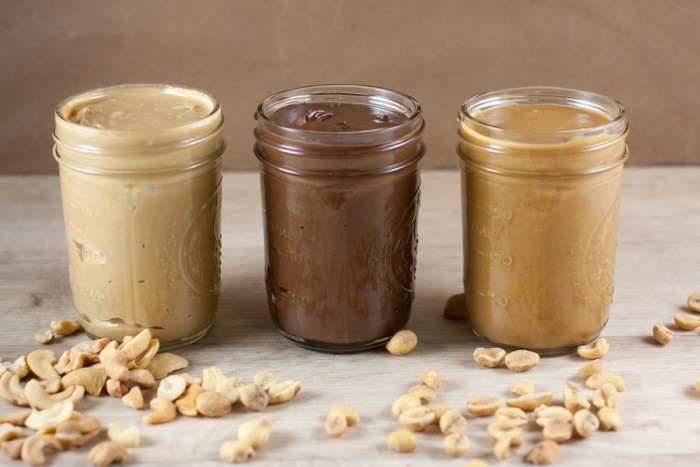

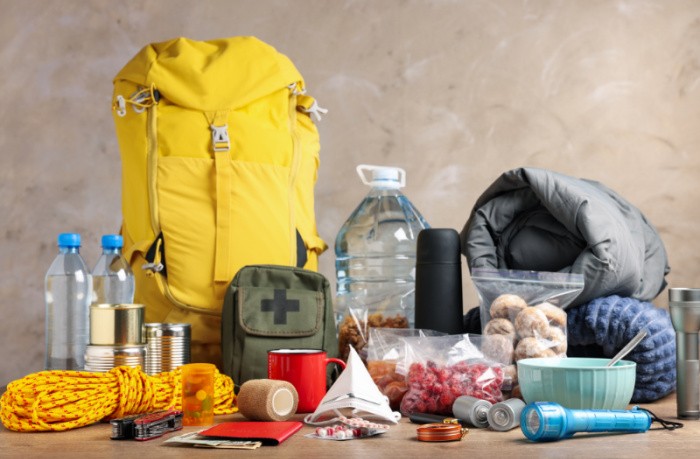
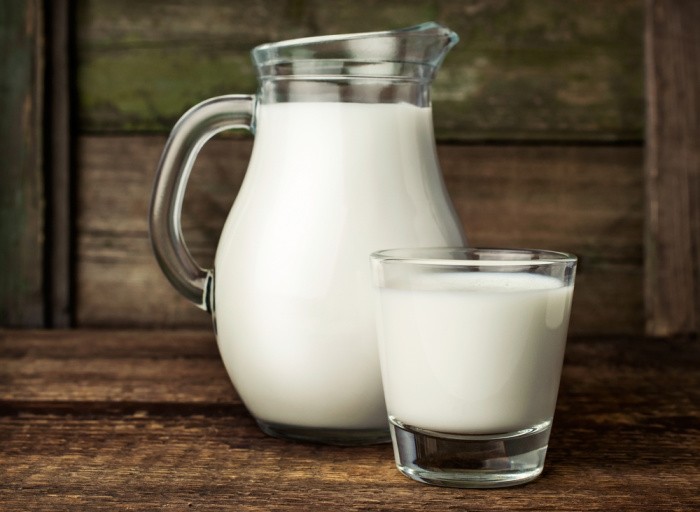
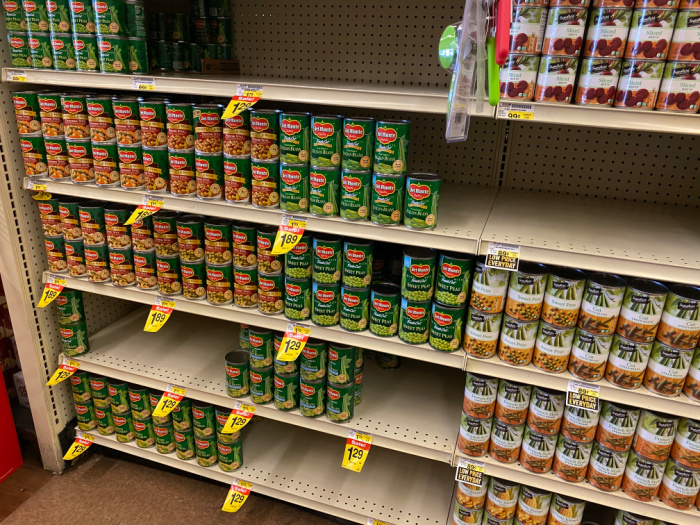
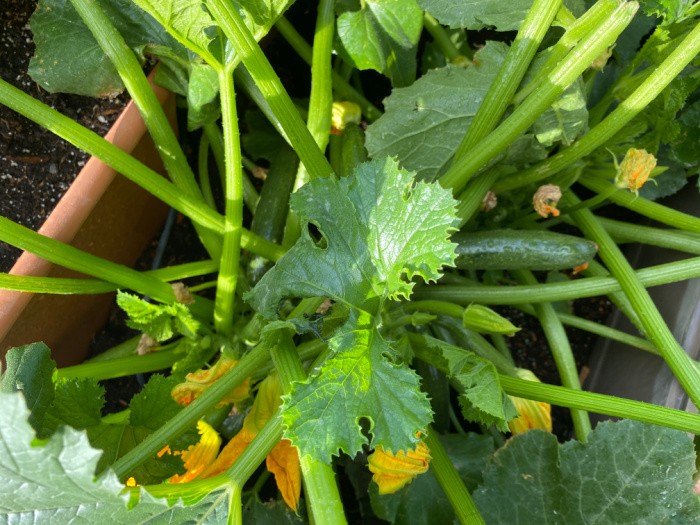
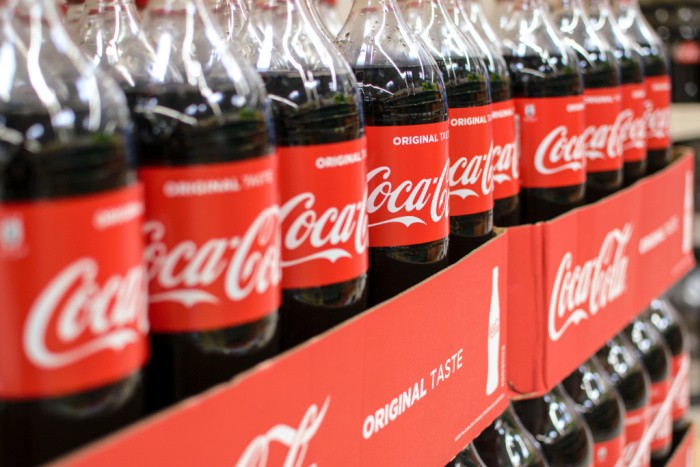
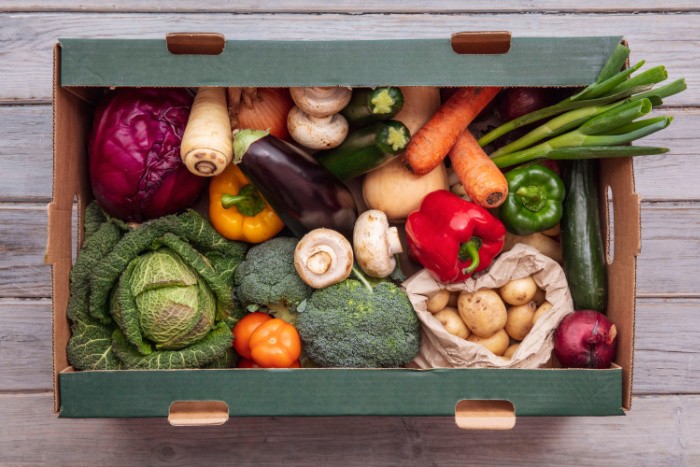














You definitely need more calories during emergencies in which you are working. In the army it was nothing for me to eat 8-10K calories a day.
One thing I’ll caution you on is making sure your body is handling it ok. Ensure that your number 2 is happening. It’s possible to get stopped up.
HI Matt, wow, 8-10k calories a day in the army. That’s a great tip to remember to keep on top of things so your body runs smoothly. Good one, Linda
Re. storing green beans–it’s not hard at all. Use a large-ish jar or crock (I’ve used both quart jars and a large gallon jar). As you pick green beans that are ready, top-and-tail them, cut them up if you wish, and put that day’s harvest in the jar. Cover with salt. Repeat the next day (or as beans are ready). They’ll make their own brine. I keep them in a cool pantry, no refrigeration needed.
As you then use beans, scoop out what you need and rinse, possibly soak for an hour or so (depends on your taste for salt). Cook as you would fresh green beans.
Too bad my husband won’t eat green beans…
HI Rhonda, wow, I have never heard of this way pf preserving green beans. I have only pressured canned beans. Where did you hear about this? Linda
Linda, the best high calorie food I’ve ever used was back in my winter mountaineering and ski touring days, when I burned through 8-12,000 calories a day (and lost weight while doing so). It was the mother of all trail mixes. M&M’s plain or peanut candies, cashews, and raisins were the basic ingredients. Now I use the M&M peanut candies, cashews, macadamia nuts, roasted, hulled sunflower seeds, Craisins, dried apple and banana chips and dried pineapple chunks. It’s delicious, very high calorie, and requires no refrigeration. The recipe is in my Bugging In book.
Hi Ray, now we’re talking, all of those are my favorite treats! Plus, you lost weight…I love it! Linda
I’ve recently started having weight loss without any change in my diet. I need to go in and have more tests but in the meantime I asked to see a dietician/nutritionist to up my caloric intake. Um, the soonest I could meet one was 2 months later?!? I called back to my clinic, said I could waste away if I waited, so could I please just talk to the nurse practitioner on my care team. After a bit of hum, I Demanded to talk to her, not my doctor. I got my way and she gave me a lot of tips. Her biggie was Peanut Butter. It’s about 100 cals/Tablespoon. Lots of protein and good fat. (Um, I don’t seem to be able to chow down huge meals anymore as I age.) Her suggestions: 4-6 crackers each with a heaping spoon of PB. A banana? Put a small spoon of pb on each bite too. Celery? Make bugs on a log…raisins or craisins on pb on celery. An apple? Yep, a bit of PB on a slice. She also suggested sometimes using a dollop of jam or jelly with this PB. Here’s one thing she wanted me to take into account: a sandwich might fill me up but this wasn’t a concern. Me getting calories, fats and protein was my goal. Breads are carb/starches which take awhile to convert to energy but then that energy needs to be expended. Not using it can create a good place for diabetes to take hold. I was iffy about this explanation so asked my son who is a fitness guy, also takes physiology classes, about this. He agreed with my NP. He said, think about after a Thanksgiving meal, and everyone needs to nap. But, some of My much needed calories would be used just doing this conversion. He said I need to hoard my calories to try to make body fat. Anyhoos, I’m not doing as much bread or white potatoes as I thought I should be. It’s just still kinda wierd that I used to be able to suck down 5g cals a day and it’s a struggle now to take in 2600 cals, my goal. I was eating a lot of fresh veggies, fruits, lean meats…no sauces.
Hi Wendy, oh my gosh, I wish I could lose weight, I’m more sedentary now that I have been in my lifetime. I sure hope they figure out what’s going on. It would be nice to see if they could at least run some blood tests….I hope it all works out for you, my friend, Linda